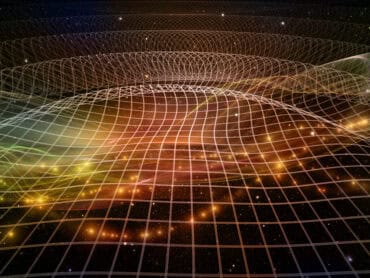
Alongside the hardware developments, NVIDIA unveiled NIM (NVIDIA Inference Microservice), new software to facilitate the use of older NVIDIA GPUs for inference.
NVIDIA introduced its latest generation of AI chips and software at its San Jose developer’s conference earlier this month. The announcement signals a strategic move to reinforce its position as a leading supplier of AI technologies. The announcement highlights the launch of the Blackwell series of AI graphics processors, with the GB200 chip slated for release later this year, alongside innovative software solutions designed to streamline AI deployment.
The Rise of Blackwell: A Leap in AI Processing
NVIDIA’s new Blackwell graphics processors, specifically the GB200 chip, mark a significant advancement in AI computing power. They boast 20 petaflops of AI performance, a substantial increase from the previous Hopper H100’s 4 petaflops. This upgrade is aimed at enabling AI companies to develop larger and more complex models. The Blackwell GPU, featuring a transformer engine optimized for transformer-based AI technologies like those behind ChatGPT, represents a crucial development in NVIDIA’s GPU architecture, promising a considerable performance boost every two years.
The GB200, which merges two B200 Blackwell GPUs with an Arm-based central processor, underscores NVIDIA’s commitment to driving AI model training and deployment capabilities forward. Cloud giants such as Amazon, Google, Microsoft, and Oracle are set to offer access to the GB200, further expanding the potential for AI advancements.
See also: NVIDIA Partners With Microsoft To Build AI Supercomputer
NIM: Bridging the Gap for AI Deployment
Alongside the hardware developments, NVIDIA unveiled NIM (NVIDIA Inference Microservice), a new addition to its enterprise software subscription. NIM is designed to facilitate the use of older NVIDIA GPUs for inference, enabling companies to leverage their existing NVIDIA GPU investments more effectively. This move extends the life of current GPU assets and simplifies the deployment of AI models across various platforms, from servers to cloud-based solutions and even GPU-equipped laptops. NVIDIA’s strategic focus on both hardware and software innovations underscores its transition from a chip provider to a comprehensive platform provider, aiming to equip developers and companies with the tools necessary for the next generation of AI applications.



























